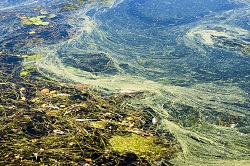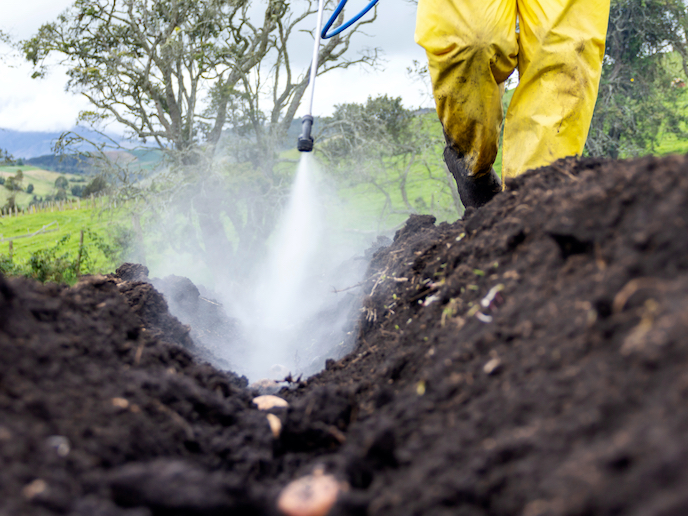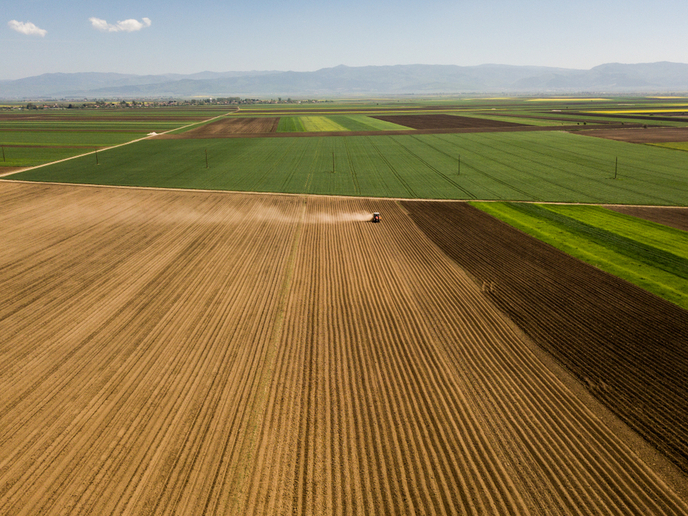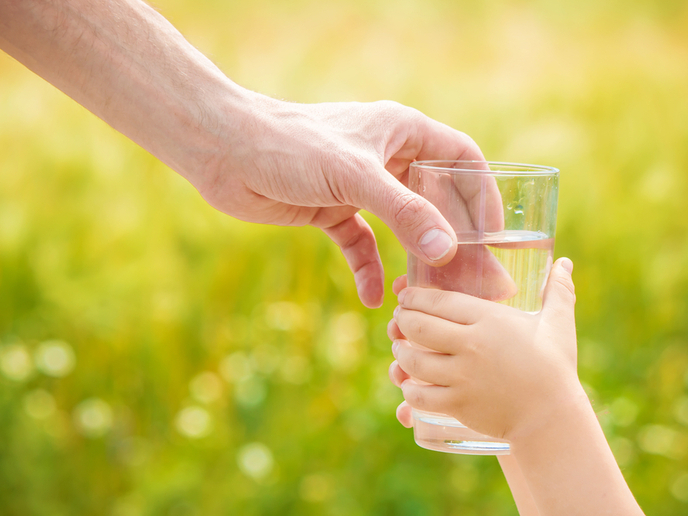Tracking ocean pollution in real time
Marine pollution represents an environmental and economic threat by putting biodiversity at risk, disrupting the food chain and impacting fisheries, aquaculture and tourism. While scientists have sought to fine-tune monitoring methods in order to alert public authorities, industry and citizens, issuing these alerts can take time. Samples have to be sent to laboratories for analysis, while monitoring sometimes requires specialised workers, heavy equipment and expensive on-site inspections. In order to address these challenges, the EU-funded SMS (Sensing toxicants in marine waters makes sense using biosensors) project brought together scientists, SMEs and environmental agencies to develop a cost-effective, easy to use monitoring device that can deliver real-time results. The project designed an instrument that can be installed on an ocean buoy, and from there analyse seawater quality, delivering alerts through a wireless connection in around two hours. Real-time water quality analysis ‘This prototype device capable of monitoring different algal species and related toxins, all from the same sensory platform, has been our key achievement,’ says SMS project coordinator Prof. Konstantinos Petropoulos from the University of Roma II in Italy. ‘We are confident that seafood industries as well as environmental control authorities now have the potential to take advantage of this new technology, in order to protect human health and safety.’ Specifically, the device is equipped with sensors to detect marine algal toxins; toxic algal species; the presence of pharmaceuticals; as well as chemical compounds such as pesticides, herbicides and flame retardants. ‘We were able to combine all these features and sensory platforms into one prototype,’ says Petropoulos. ‘We also figured out a way of achieving a WIFI connection for data transfer.’ All data collected is stored locally in coastal buoys and platforms before being forwarded to a remote central node. This allows competent authorities and professionals to make informed and quick ocean management decisions. ‘Algal toxins can contaminate shellfish and therefore pose a real risk to human health,’ says Petropoulos. ‘This is why it is so important to be able to issue early alerts.’ Indeed, the accumulation of toxins in shellfish such as mussels, oysters and clams can have severe repercussions on human health. Paralytic shellfish poisoning, which occurs from ingesting shellfish containing toxins, can cause life-threatening neurological effects. Flame retardants were also taken into consideration as they are often found in paint used for boats and ships, while pesticides and antibiotics end up in the ocean as a result of poorly managed industrial waste. An important feature of the device is its ability to detect pollutants at very low concentrations. Healthy economic benefits SMS has only now ended but Petropoulos is confident that, in addition to bringing environmental and health benefits, the project’s success will also create new commercial opportunities for SMEs involved with sensors and monitoring devices. ‘Suppliers of commercial kits could be interested in this technology because the prototype device we developed is able to host many of the reagents that are already used in kits,’ says Petropoulos. ‘And of course, our device is able to perform real time analysis while in the ocean, rather than delivering samples to be tested in the laboratory.’ The next step, says Petropoulos, will be to work on miniaturising the device in order to make the concept as flexible and commercially viable as possible. Petropoulos and his team are also interested in developing even more sensitive and robust sensors using nanotechnology.
Keywords
SMS, ocean, pollution, sea, aquaculture, marine, seawater, pesticides, algae, shellfish, sensors, monitoring devices, toxicants







